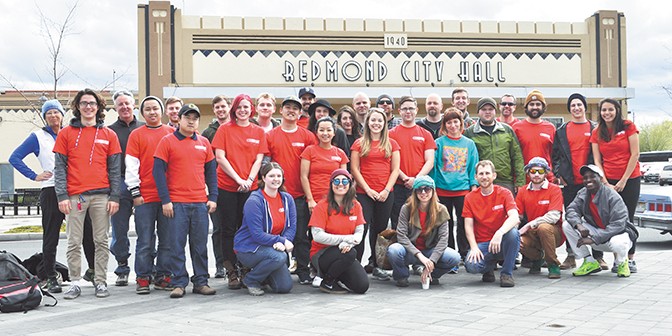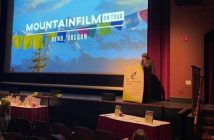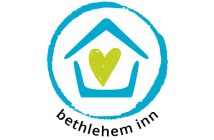(Photo above: University of Oregon students | courtesy of Commute Options)
“Where the rubber meets the road” is the point at which a theory or idea is put to a practical test.
In this case, it is where the bike tires and shoe soles meet the road. University of Oregon students are helping the City of Redmond get there—identifying real, practical, on-the-ground solutions for better, safer walking and bike riding. By Katy Bryce for Commute Options
Using professional skills and training, along with a fresh set of eyes, the students from the U of O Sustainable City Year Program are helping Redmond with their goal of increasing the amount of people biking and walking, both for transportation and recreation. The city of Redmond and the Redmond Bicycle and Pedestrian Advisory Committee (BPAC) identified a few key challenges and the students provided excellent ideas and solid plans for helping the community.
Heather Richards is the Redmond Community Development Director and a board member for Commute Options. Richards commended the students in bringing in new ideas, some of which are very affordable and community driven. “We identified eleven different aspects that we know need improvement, and the students came up with some great ideas. The cool thing about working with the students is that they bring a fresh perspective and have the liberty to get outside of the box with on-the-ground solutions to some of our challenges.”
Four examples of direct solutions included:
Challenge: Students attending John Tuck Elementary School have to cross 5th and 6th Streets on unprotected sections of road, with no stop signs or signals for cars to stop. Solution: Organize “walking school buses” that allow students and parents to walk together to school, creating a safer walking and street crossing environment, as well as providing a fun way to get to school.
Challenge: Dry Canyon has good biking and walking paths, but does not have obvious connectivity to downtown Redmond. Solution: Create and post way-finding signs in Dry Canyon using fun, colorful and easy-to-read for all ages “subway style” maps to navigate from Dry Canyon to downtown Redmond.
Challenge: Get more Redmond residents to walk and bike, for both transportation and recreation. Solution: Increase community presence to encourage residents to walk and bike more. This can include participating in local events and creating additional fun programs, such as bike scavenger hunts and organized rides, to inspire people to “Bike, Walk and Roll.”
Challenge: Make bicycling safer and more efficient in Redmond. Solution: Create and maintain better infrastructure for cycling, such as protected bike lanes, “sharrows” and two-way cycle streets. Some of this infrastructure already exists or needs slight modifications to make a big difference for people biking.
Next steps? “We’ll be bringing all of these ideas to our next BPAC meeting to first, identify and act on the “low hanging fruit” opportunities, such as walking school buses. We’ll then incorporate the solutions into our Transportation System Plan for future improvements,” says Richards.
Commute Options Executive Director, Jeff Monson adds, “The students developed amazing solutions that can be turned into real actions. Anyone would be encouraged by their passion and intelligence around solid transportation option planning principles.”
Commute Options promotes choices that reduce the impacts of driving alone. For more information, contact Executive Director, Jeff Monson at 541-330-2647 or visit www.commuteoptions.org






1 Comment
Well done, Katy and Jeff! When you came into our offices last year, it challenged several of us to pick up biking to/from work when possible. I’m trying to arrange appointments that require travel on certain days so I can reduce the need for auto transportation, allowing me the choice to bike to work.
Can’t wait to see the results of your work in Bend, especially to support non-auto commute options for the new OSU campus.
Keep up the good work!